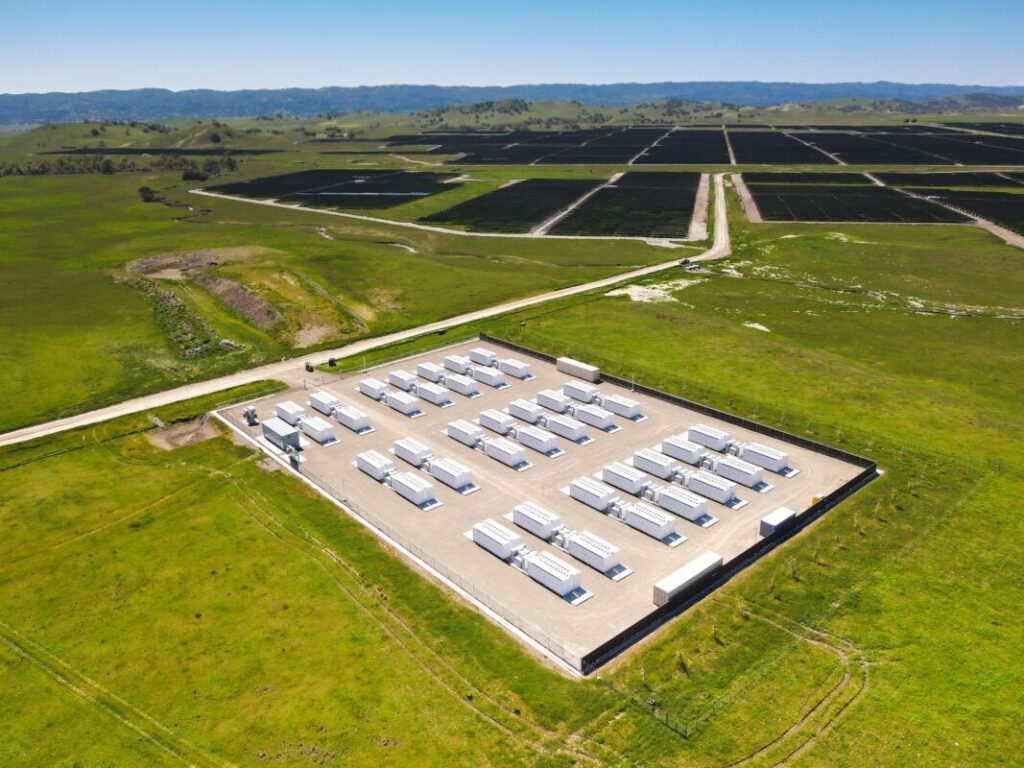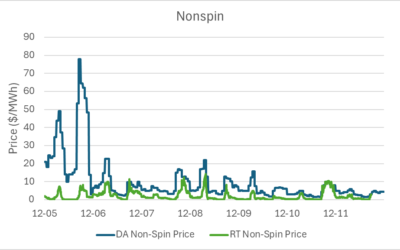
Update 3 September 2025: Arevon has provided its statement about the incident. A spokesperson for the company provided the statement, which reads:
“On Saturday, August 30, 2025, at approximately 11 a.m. (PST), the California Flats Energy Storage Project experienced a thermal incident, which was safely and quickly contained and extinguished. No injuries occurred and no private property was damaged.
The incident was confined to four of the 84 batteries installed at the facility. The project’s thermal detection system was triggered and automatically notified emergency authorities.
As an added precaution, the battery manufacturer is on-site providing 24/7 monitoring to ensure continued safety. The local fire departments also dispatched to the site to monitor the situation but were not required to take any action.
Try Premium for just $1
- Full premium access for the first month at only $1
- Converts to an annual rate after 30 days unless cancelled
- Cancel anytime during the trial period
Premium Benefits
- Expert industry analysis and interviews
- Digital access to PV Tech Power journal
- Exclusive event discounts
Or get the full Premium subscription right away
Or continue reading this article for free
Arevon’s and the California Flats Energy Storage Project’s top priority is the safety of those who live and work in the project community. Arevon has an exceptional safety record and has successfully operated energy storage facilities in California communities since 2021.“
During the morning of 30 August 2025, the California Department of Forestry and Fire Protection (CAL FIRE) responded to a possible vegetation fire in the area of independent power producer (IPP) Arevon Energy’s California Flats solar-plus-storage project.
CAL FIRE discovered a battery fire at the Solar Flats facility, also known as the Parkfield Solar Plant. That evening, the Monterey County sheriff’s office issued an evacuation order for a two-mile radius around the project.
According to reports, Tesla Field Services Response Team members arrived on-site and concluded that there was no immediate threat to the public.
Approximately three hours after it was ordered, the Monterey County sheriff’s office lifted the evacuation order.
ESN asked Arevon for its statement, but has not received it by the time of publication.
At this time, no injuries or fatalities have been reported. Tesla says it will request assistance from emergency services if new evacuation orders need to be issued.
Monterey County released a statement on social media platform Facebook, stating, “We are aware of a fire involving an energy storage system southeast of Parkfield. CalFire is on the scene and is the lead response agency at this time.”
“Law enforcement, hazmat teams, and additional resources are en route. We are monitoring the situation with our partners and will continue to share relevant information as it becomes available.”
California Assembly member Dawn Addis, who introduced Assembly Bill 303, the ‘Battery Energy Safety & Accountability Act,’ proposing new regulations such as larger exclusion zones around BESS facilities following the January Moss Landing battery storage fire, also provided a statement via Facebook.
“I am consistently monitoring the lithium-ion fire at the Parkfield Solar Plant fire. We know from experience that these types of fires can be dangerous and complex. Please take all evacuation/safety orders and warnings seriously. Thank you to all first responders working this fire,” Addis wrote.
The project comprises 280MW of solar PV and Tesla Megapacks provide 240MW of storage capacity.
Arevon announced the project in March 2021 under a long-term offtake agreement with Apple. Later that year, it confirmed collaboration with Tesla for energy storage at the site.
California Flats is located on the Hearst Corporation’s 73,000-acre Jack Ranch.
Arevon reports that the revenue from the project has been vital for Jack Ranch, easing the need for more extensive and permanent development or land sale.
In a recent guest blog for Energy-Storage.news, Drew Bandhauer of Leeward Renewable Energy explained how BESS safety has evolved, writing that enhanced battery technology and quality control have greatly lessened thermal runaway risks.
Innovations and safety standards further improve BESS reliability. These include monitoring systems that detect early issues, ventilation to relieve pressure, better insulation to contain heat, and liquid cooling to manage temperature. These protections and innovations make current BESS safer, more resilient, and capable of meeting increasing energy needs.





